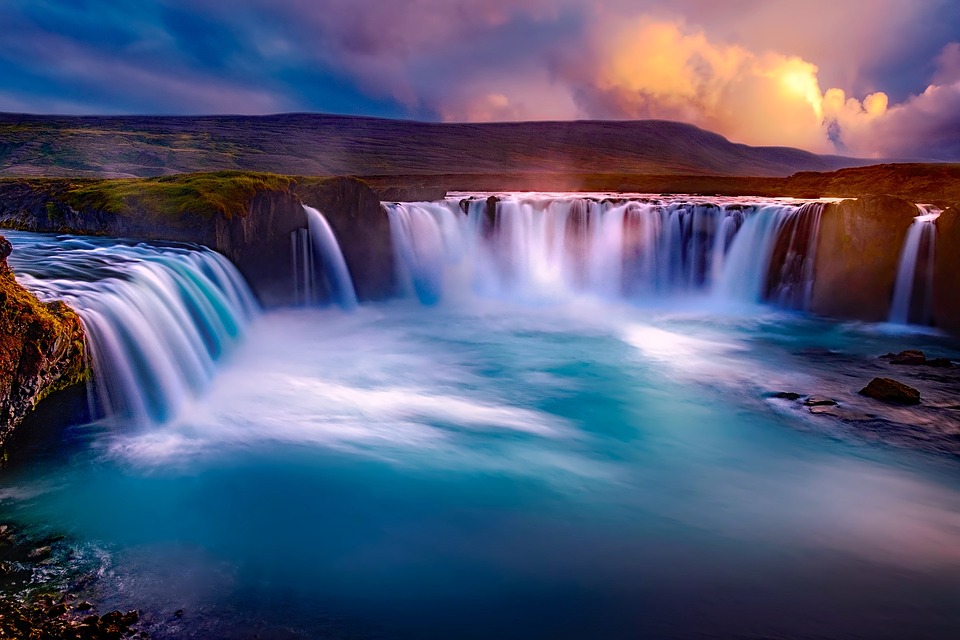The Crossroads of Blues and Folk: Uniting Traditions in Music
Music has always been a powerful force for connection and unity, bringing people together across cultures and generations. Two genres that have played a significant role in shaping the landscape of American music are blues and folk. Both rooted in rich traditions and histories, these genres have intersected and influenced each other in profound ways, showcasing the power of music to transcend boundaries and bring people together.
Blues: The Heart and Soul of American Music
Blues music has its origins in the African American communities of the Deep South, primarily in the Mississippi Delta region. It was born out of the struggles and hardships faced by African Americans in the post-Civil War era, and served as a powerful form of expression and catharsis. The blues is characterized by its raw emotion, soulful vocals, and distinctive chord progressions.
At the heart of blues music is the concept of the “12-bar blues,” a specific chord progression that forms the foundation of countless blues songs. This structure provides a framework for musicians to improvise and express themselves, making each performance unique and personal. The blues also often incorporates call-and-response vocals, where the singer calls out a phrase or line that is echoed by the rest of the band or audience.
Some of the most influential blues artists include legends like Robert Johnson, B.B. King, Muddy Waters, and Howlin’ Wolf. These artists revolutionized the genre and laid the groundwork for future generations of musicians to build upon.
Folk: Music of the People
Folk music, on the other hand, has a more diverse and varied history, drawing influences from a wide range of cultures and traditions. Folk music is often characterized by its storytelling nature, simple melodies, and emphasis on community and tradition. It encompasses a wide range of styles, from traditional ballads and protest songs to bluegrass and country music.
Folk music has served as a powerful tool for social change and activism, with artists like Woody Guthrie and Pete Seeger using their music to advocate for civil rights, labor rights, and environmental conservation. The folk revival of the 1960s brought renewed interest in traditional folk music and paved the way for artists like Bob Dylan, Joan Baez, and Joni Mitchell to break into the mainstream.
Uniting Traditions: The Intersection of Blues and Folk
Despite their distinct origins and influences, blues and folk music have intersected and influenced each other in profound ways. The blues, with its emphasis on personal expression and emotional depth, has found a natural home in the world of folk music. Folk artists like Lead Belly and Mississippi John Hurt drew heavily from blues traditions in their music, incorporating elements of the blues into their own unique styles.
Similarly, blues musicians have been influenced by the folk tradition, incorporating storytelling and social commentary into their songs. Artists like Taj Mahal and Bonnie Raitt have blurred the lines between blues and folk, creating a fusion of styles that is both innovative and timeless.
One of the most iconic examples of the intersection of blues and folk music is the song “Going Down the Road Feeling Bad.” This traditional American folk song has been covered by countless artists across genres, including blues legends like John Lee Hooker and folk icons like the Grateful Dead. The song’s simple melody and universal themes of hardship and perseverance have resonated with audiences for generations, showcasing the power of music to transcend boundaries and bring people together.
The Legacy of Blues and Folk
As we look to the future of American music, it’s clear that the legacies of blues and folk will continue to shape and influence generations of musicians to come. Both genres have left an indelible mark on the music world, inspiring countless artists to push boundaries and explore new horizons.
Whether it’s the raw emotion of a blues guitar solo or the timeless storytelling of a folk ballad, the tradition of blues and folk music lives on in the hearts and souls of musicians around the world. In a world that is increasingly divided, music has the power to unite us and remind us of our shared humanity. Through the crossroads of blues and folk, we can find common ground and celebrate the rich tapestry of American music.
So, let’s keep the music playing, and let the sounds of blues and folk continue to unite us in harmony and spirit.

Leave a Reply